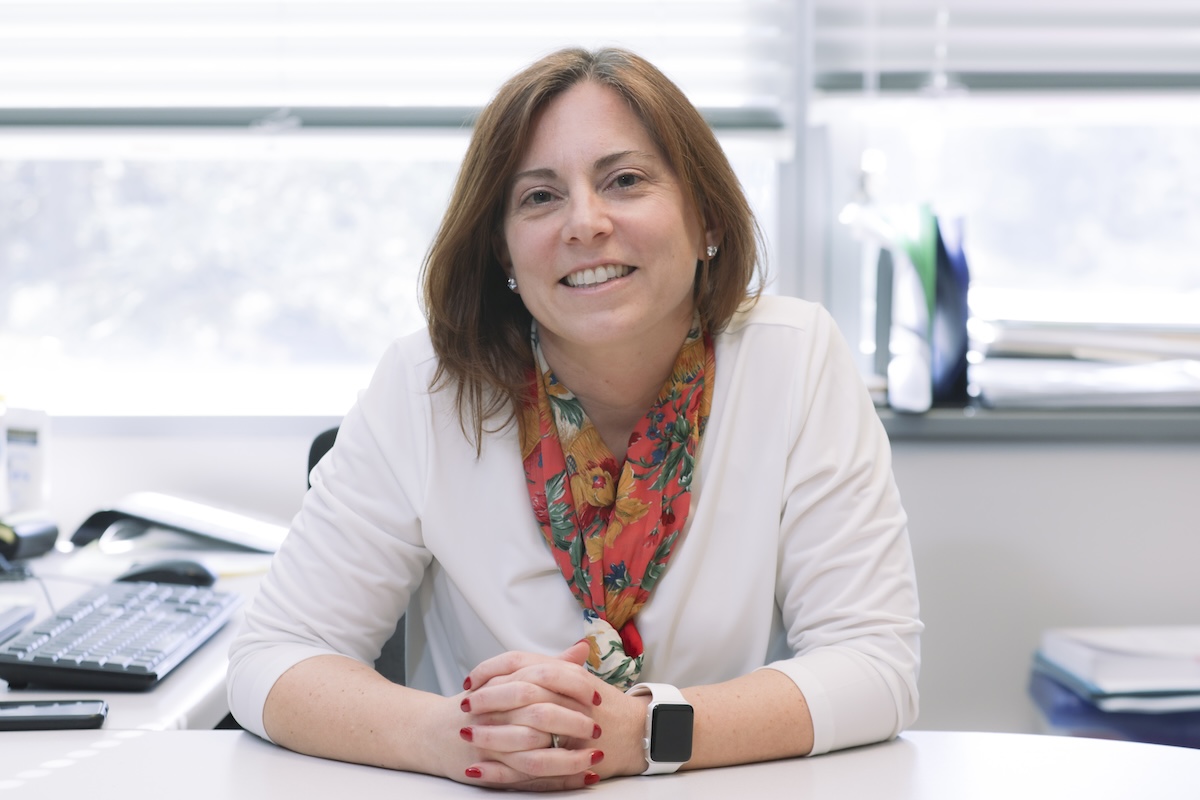The SPARC of an idea: Researching the special education workforce
Binghamton professor helps lead the SPARC Center’s five-year, $5 million investment

Binghamton University’s professors are constantly contributing to important, nationwide and life-altering research.
Thanks to a $5 million investment by the National Center for Special Education Research (part of the Institute for Education Sciences) and the U.S. Department of Education, one professor will spend the next five years helping to develop the “Special Education Workforce: A Research Collaborative (SPARC) Center” — evaluating the composition, distribution, effectiveness and stability of the special education workforce.
“We’ve been writing in our papers — for years now — the need for better data systems to understand what resources and job demands look like for special education teachers,” said Loretta “Lucky” Mason-Williams, the director of the Community Research and Action Doctoral Program and an associate professor in the Department of Teaching, Learning and Educational Leadership. “There’s such a limited understanding of the wide variations in special education teachers’ roles and the resources provided to them, as well as a real lack of understanding how some of the changes to certification across states may be impacting retention efforts. It was noticed, and we were funded to investigate.”
Special education teacher staffing challenges have existed for decades, making it difficult for schools to provide a free, appropriate public education to students with disabilities. This has become more concerning as more and more teachers leave the field and fewer decide to enter.
“The special education workforce needs so much attention, and there’s so much work to be done. Kids with disabilities are federally mandated to receive an education from well-prepared teachers and related service personnel. Yet, it’s something that we’ve never been able to provide,” Mason-Williams said. “We’re facing a huge deficit in the number of teachers we’re preparing coupled with substantial issues related to the retention of special education teachers, our work has become more important to the discussion.”
Through a national network of researchers, the Center is made up of three overlapping teams. One will use state longitudinal data systems from seven states — Massachusetts, Pennsylvania, Indiana, Washington, Hawaii, Virginia and Texas — to conduct a cohesive, mixed-methods program of research.
“This data includes information about special education teachers, including demographics, instructional responsibilities and certification data, as well as student assessment data. They’re using that large data and trying to replicate the same analysis across all seven states,” Mason-Williams said. “This year, we’re looking at things like the distribution of the special education teachers and trying to get a better understanding of what the current field looks like and how it’s changed over the past 10-15 years. We’re trying to get a snapshot of who’s providing instruction to students with disabilities, knowing that a sizable chunk of those individuals may not be fully certified or prepared for the classroom that they’re teaching in.”
The second team is identifying case studies of districts better able to attract and retain special education teachers. What are those districts doing that allows them to have a well-qualified, well-prepared workforce?
Mason-Williams specifically oversees the third team, Leadership Activities. This includes collaborating with state data partners to improve data collection on the roles special education teachers play in schools and classrooms. She also helps raise awareness of their research findings, inform policymakers and improve the capacity of states to conduct high-quality research on the topic.
“We’re trying to get more engaged in federal-level discussions around shared definitions of the data. There’s an initiative for states to collect data in a common way. How data is collected and how it’s reported can differ widely,” Mason-Williams said. “How can we replicate our analysis across more states? We don’t have enough funding to get more states or more faculty on board at this point, but can we get other state-level teams to do similar analyses?”
This grant, led by her partners at the American Institute for Research, allows for a lot of additional resources and the creation of a strong team of researchers—who had previously been working independently—to come together with a shared mission and goal. Preparing and training others who are interested in continuing the work is one of her main goals.
“The promise of five years of work and the pretty substantial grant size demonstrates just how important this work is at the federal level, ensuring that students with disabilities have the right people to help them meet their individualized learning needs,” Mason-Williams said. “I’m so excited!”
To learn more, visit the SPARC Center project page at:
https://www.air.org/centers/special-educator-workforce-research-collaborative-sparc-center, or visit Twitter/X: @SPARC_Center or LinkedIn at: https://www.linkedin.com/company/sparccenter/
